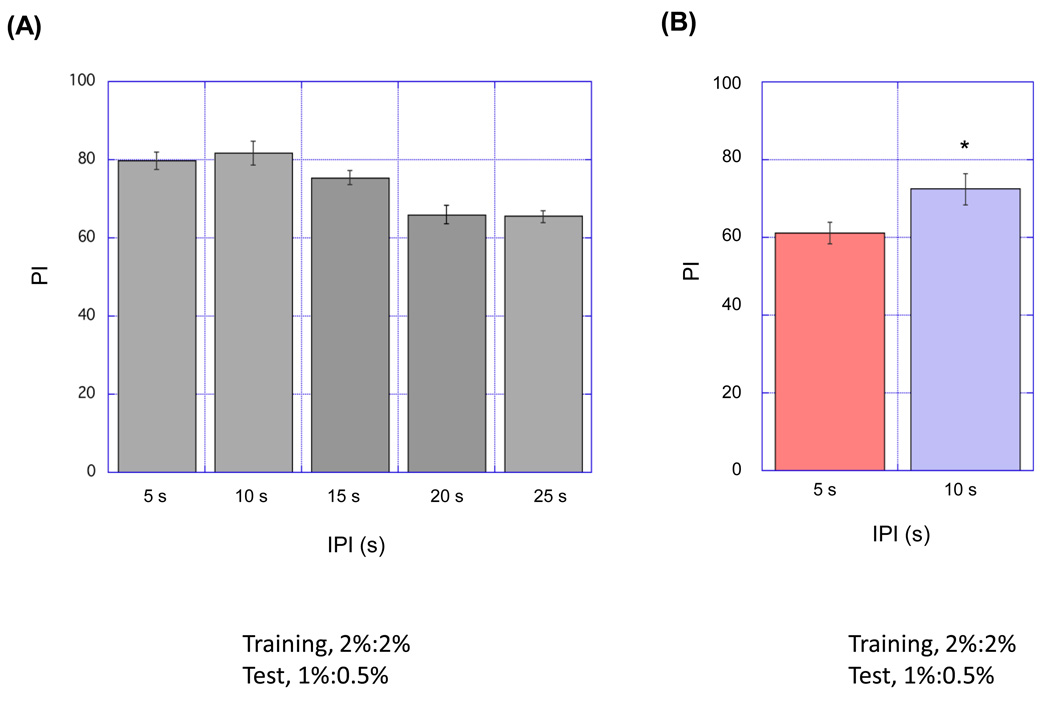Figure 6. Effect of interpulse interval (IPI) on olfactory aversive learning.
(A) Effect of interpulse interval. PI was examined 3 min after the training. Presentation of a stimuli pair (3 s odor pulse with an electric shock) was repeated 12 times with indicated IPI, followed by 60 s of evacuation step and the same length of CS- pulses without shocks. The timing of electric shocks was the same as protocol 1 in Figure 2. IPI of 5 or 10 s gave a high learning performance. On the other hand, longer IPI (15, 25 or 35 s) resulted in a lower performance. (B) IPI optimization with weaker training protocol. Six stimuli pairs were presented with 5 s or 10 s IPI. PI was examined 3 min after the training. IPI of 10 s resulted in higher performance than 5 s IPI (n=6, *p < 0.05, t-test). Data are presented as mean ±SEM. Odor concentrations of odorants were different in the training and the test (2% MCH and 2%OCT in the training and 0.5% MCH and 1% OCT in the test).

